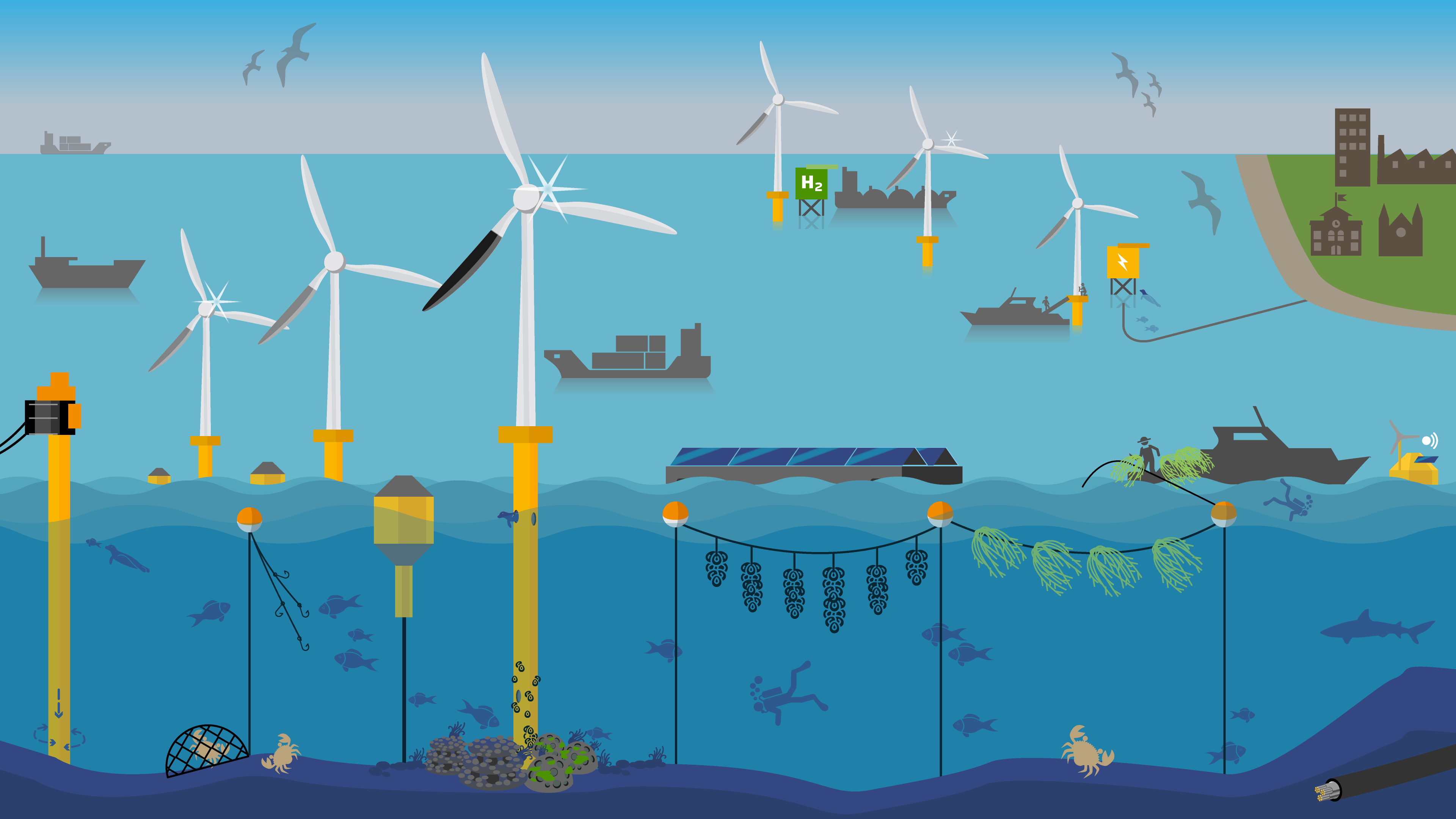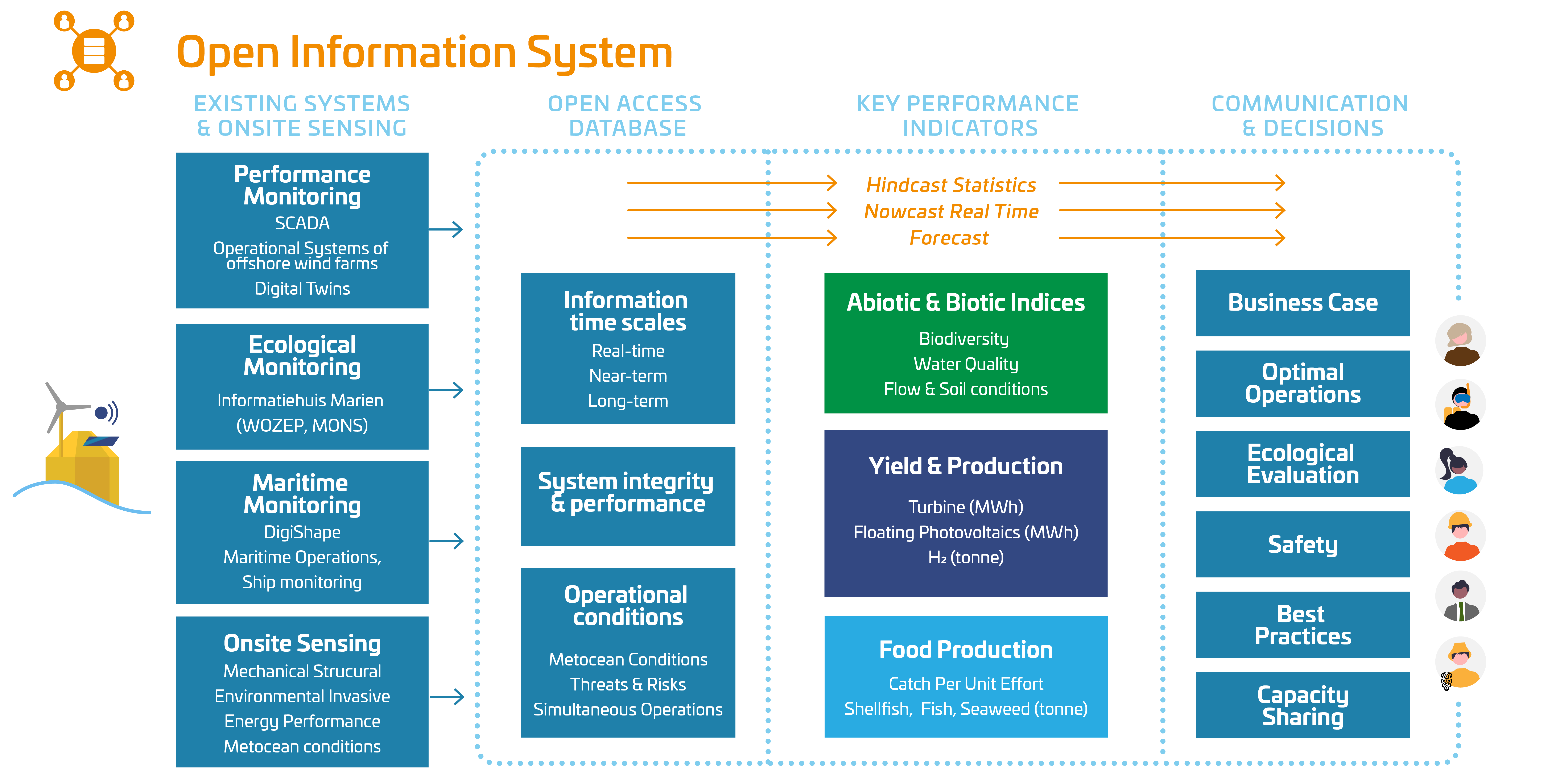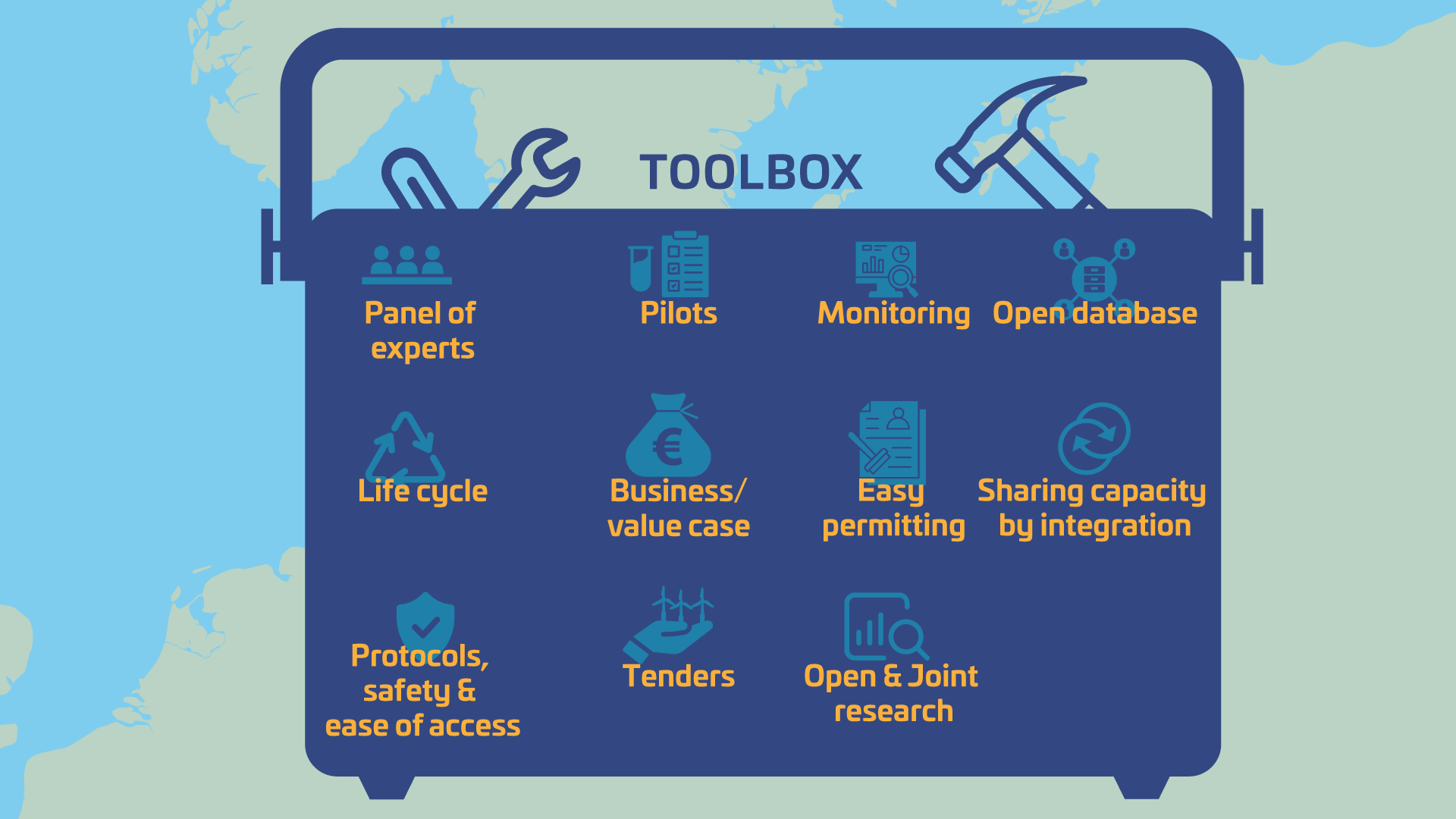Dare to share
The North Sea seems empty, but nothing could be further from the truth. The sea is divided into parts, and each part has its destination, such as fishing, shipping routes, nature protection, mining, defence, etc. So, since the available space is limited, we need to work together if we want to tap into the vast potential of offshore wind energy. Sharon Tatman, expert advisor on marine and coastal systems, and Antonios Emmanouil, advisor and researcher on hydrodynamics and offshore technology , talk about the multi-use of the North Sea in the Atlantic Basin facility at knowledge institute Deltares.
Currently, a wind farm owner has the exclusive right to use an area for wind energy production. However, the space between the wind turbines offers opportunities for nature and ecology, as well as other uses, like wave energy production or seaweed harvesting. In the Netherlands, the commercial tenders for large offshore wind farms already incorporate some forms of multi-use, e.g. ones that strengthen the natural resilience of the site or that integrate technologies that improve the energy system characteristics of the wind farm (e.g. floating solar, energy storage, hydrogen production). This will help the government and the wind sector to prepare for the large-scale deployment of offshore wind.
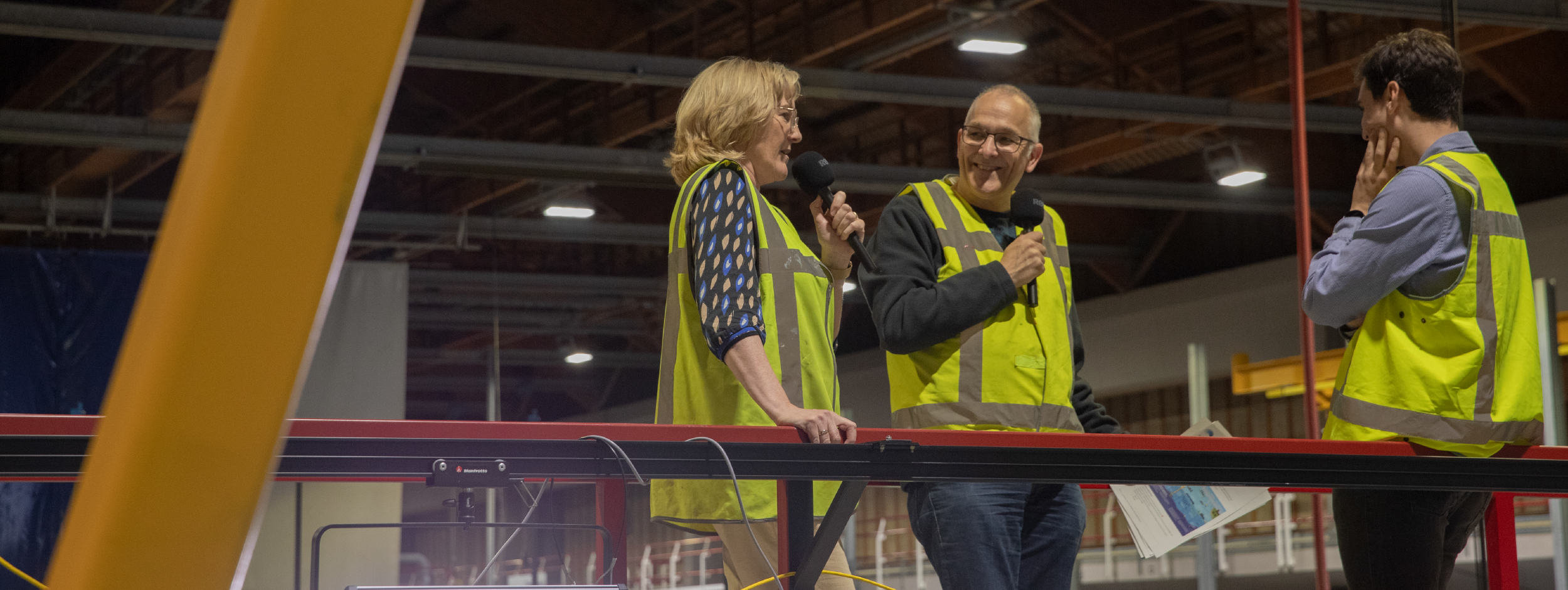 |
|
Roadmap

Have a look at Antonios' profile on LinkedIn
Plenty of opportunities and challenges
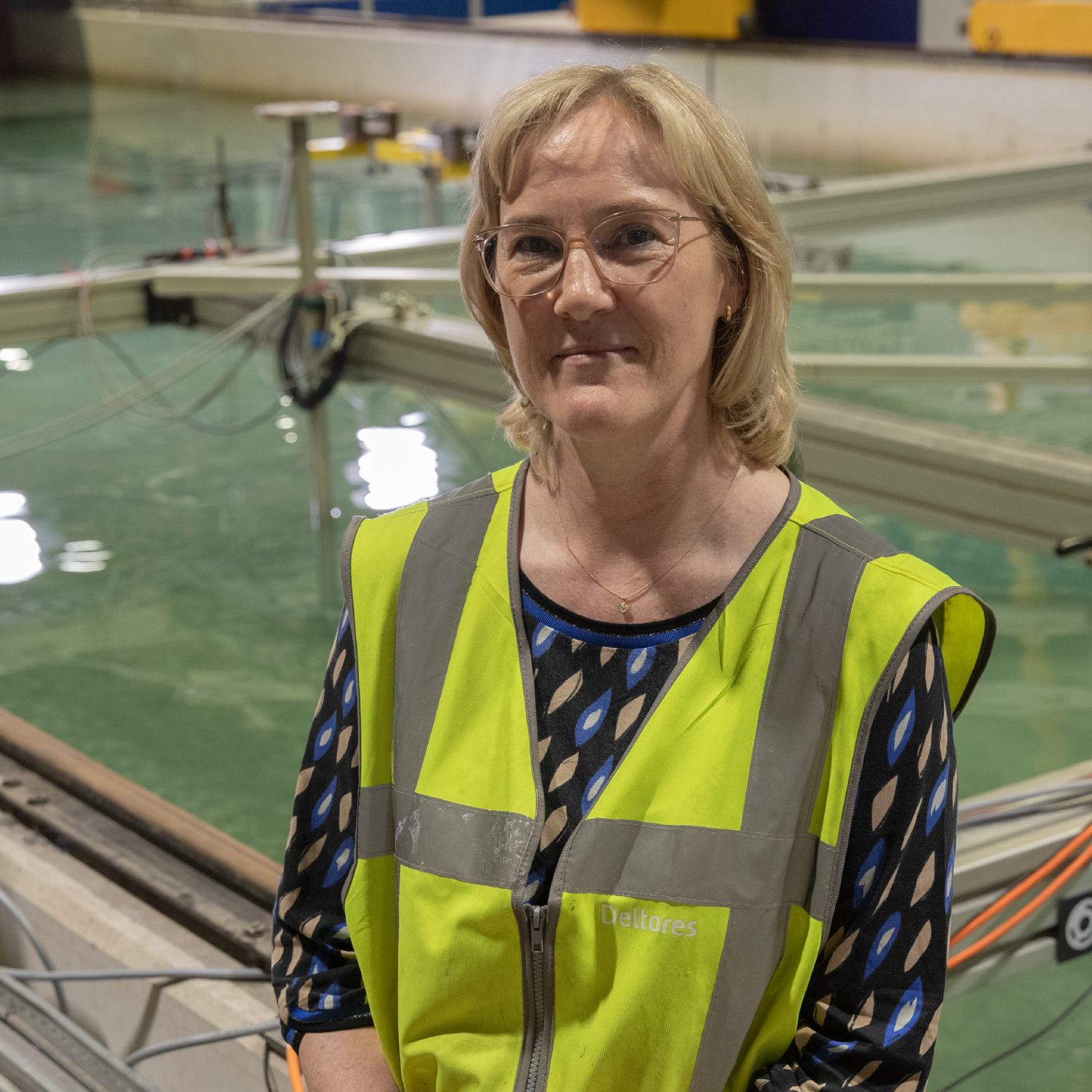
But optimising the use of space in wind farms is easier said than done. “There are lots of challenges,” Sharon explains. “Offshore wind farms are often quite far offshore, so you need to have the means to transport everything at that distance. You need the right vessels, the right crew, and investments. High waves and currents make this kind of work complicated and result in additional safety issues and insurance risks. There are also legislative challenges because you need additional permits, for example, because of environmental impact issues. We can’t just combine everything, anywhere.”
Have a look at Sharon's profile on LinkedIn
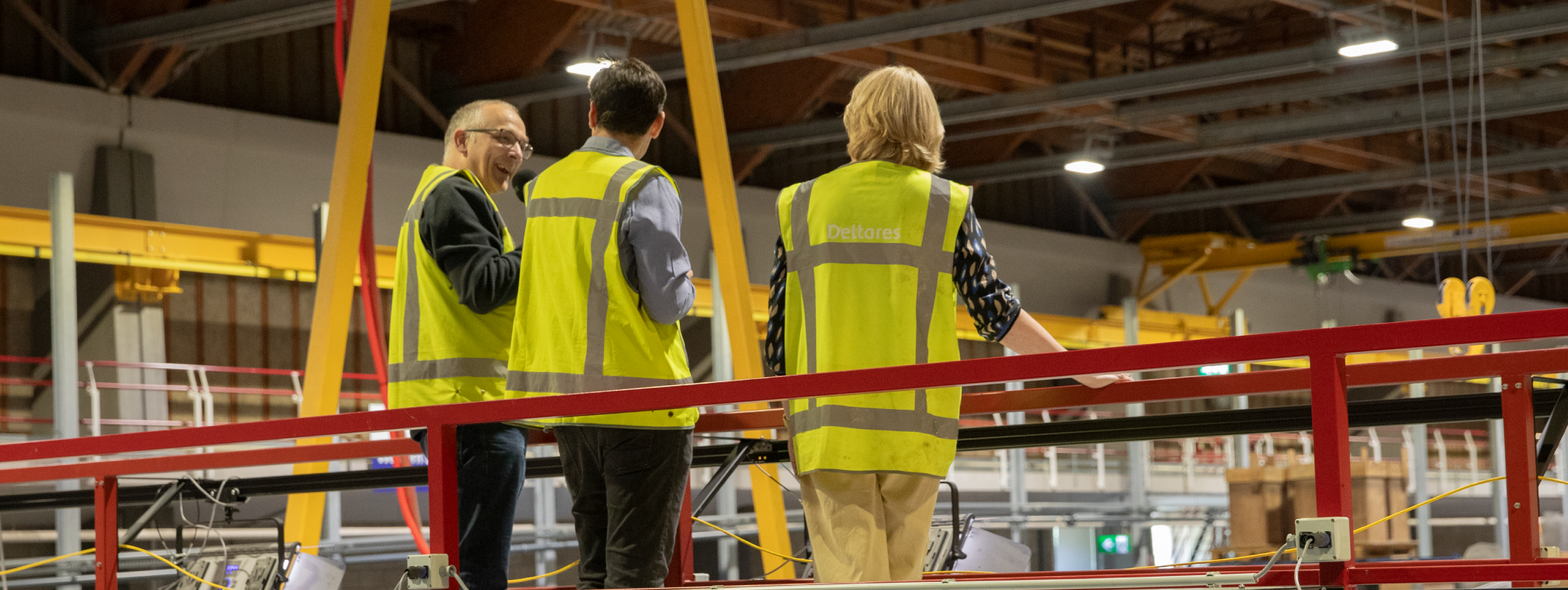 |
|
Key actions
To accelerate the development of multi-use offshore wind farms towards 2030, the project delivered a set of key actions. This was done for the following three types of multi-use: Nature protection, Food production and Alternative forms of energy generation. The actions share common timelines, topics (technical, regulatory, economic) and, to a large extent, action owners.
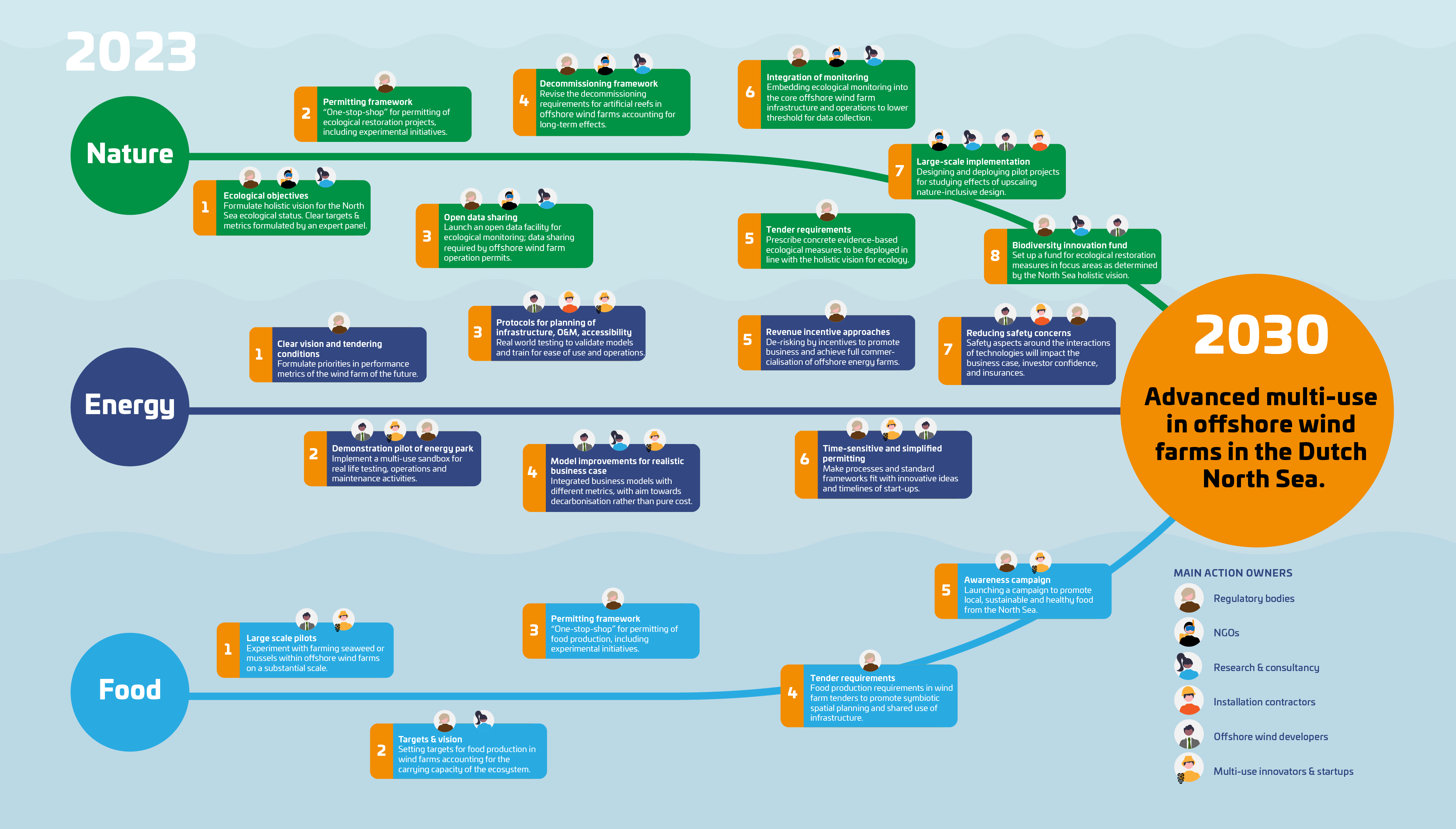 |
|
Open Information System
One of the main recommendations of the roadmap is the creation of an Open Information System. Many measurements and monitoring activities are being done. However, knowledge and data is scattered among many parties. It would be interesting to share all this information and put it in an open-access database to enhance the symbiosis and multi-use activities and to make present and upcoming multi-use operations more efficient and safer.
Integrated toolbox
The Roadmap also includes the integrated vision for symbiosis in 2050. This case study envisions a fully symbiotic offshore production grid. To establish this vision, a toolbox of ideal outcomes is developed. The toolbox is meant to help with the implementation of the sustainable integrated multi-use in offshore wind farms and shows the importance of holistic international integration, data-driven decision-making and innovation. In summary, the toolbox will make the idea of multi-use a reality.
Sharon: “Originally, we wanted to explore what technological options - and hence innovations - could support various forms of multi-use. However, it is too early to move in one particular direction as we don’t know what direction is preferred. All stakeholders need to learn, cooperate, and share. The Roadmap gives a model for such a cooperation framework.”
Do you want to have a look at the roadmap?
Here you can find the Road2SID Summary
Or the Road2SID Full Report
Today’s experiment: seaweed
One example of technological research is just in front of us. We witness a test that is part of a European project called ULTFARMS, which we conduct in collaboration with the University of Ghent. This pioneering project aims to enhance Europe's capacity for low-trophic aquaculture (that is: seaweed) by promoting the sharing of marine space in multi-use settings. The project seeks to establish commercially viable low-trophic aquaculture production in more challenging environments while prioritising environmental and biodiversity protection, carbon footprint reduction, and commercial viability.
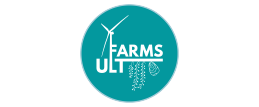
Find out more about ULTFARMS
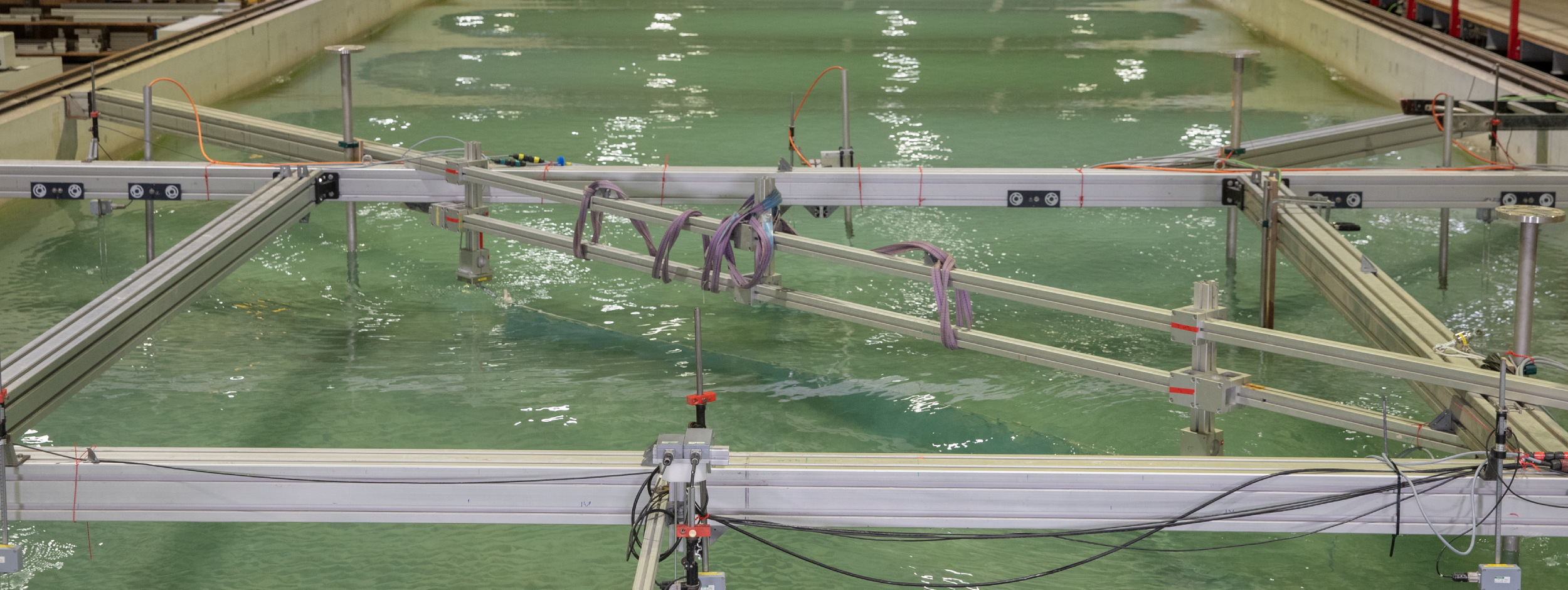 |
|
Antonios describes the experiment related to multi-use that is taking place at Deltares today. “We see a net that is overgrown by “plastic seaweed”. We will start loading it, which means making waves and currents to test the behaviour of the net and seaweed. We will simulate the conditions in the North Sea and stress the system towards its limit.” He smiles: “In general, you learn most when you reach a point where you kind of destroy things a bit.”
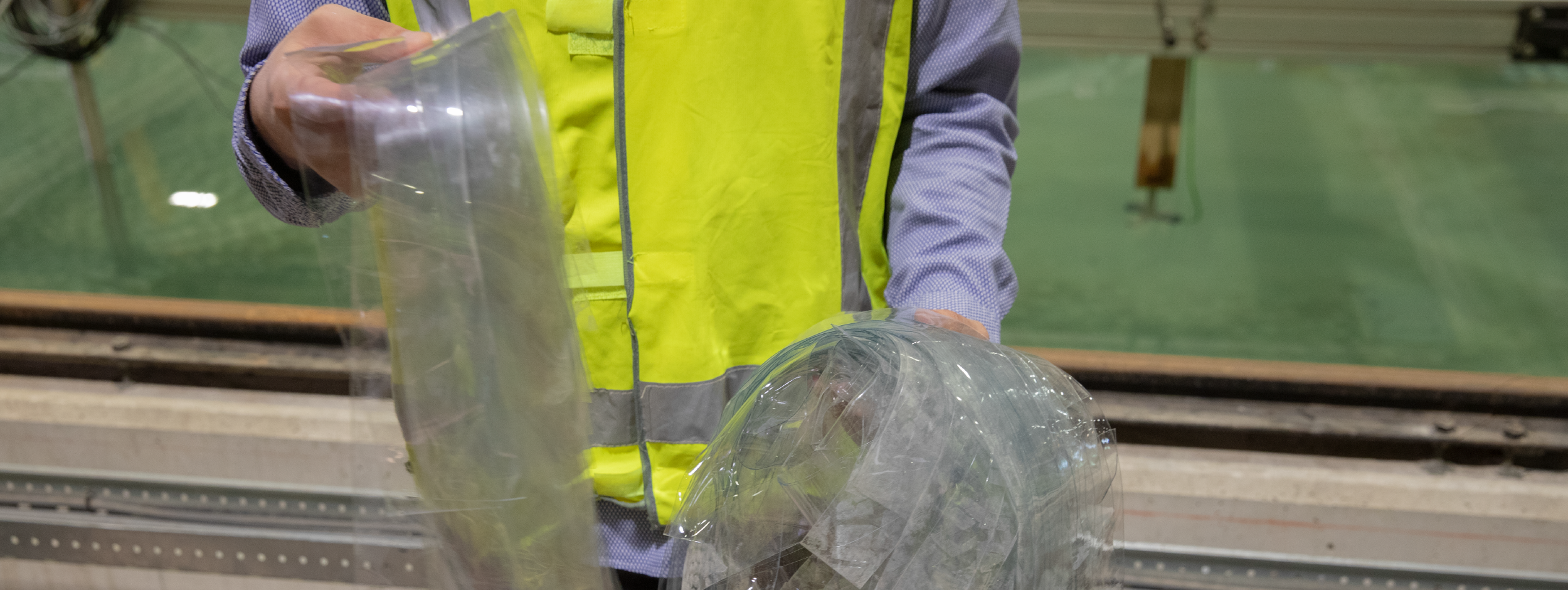 |
|
For now, seaweed farms will be within the windfarm area but away from existing infrastructure. Nevertheless, the ends of this net could, in theory, be attached to the monopiles or other parts of existing infrastructure in the future. This could save space and money because separate agricultural infrastructure wouldn’t be necessary. But it also shouldn’t affect the monopiles or the opportunities to access the wind turbines for maintenance. “That’s why we are now measuring a lot of things to verify that the design of a seaweed farm could be robust. For example, the current, waves, flow speed, the angle of the net to the current, et cetera all influence the total force exerted on the system.” The water starts to flow as Antonios speaks, and the experiment officially starts.
 |
|
What can you do with seaweed?
Although the seaweed in this experiment is a plastic mock-up, there are many advantages to growing real seaweed. “We can eat it, but we can also make clothing and other materials. Although people sometimes think so, processed seaweed doesn’t smell, and it’s a very strong material,” Antonios explains.
It is the only way
Sharon and Antonios are hopeful that multi-use will happen. Sharon: “We simply have to do this. If we want to achieve all the transitions, namely the energy-, nature-, and food transition, we need space, and we need to go towards multi-use. It is important that we continue working together, that we stay in discussion with each other, stay in contact with all the big players. It is the only way.”
Seaway7: expertise in offshore installation
Shell: expertise in project development and operating wind farms
TenneT: grid operator expertise in power transmission and system services
TNO: expertise in applied research
Van Oord: expertise in offshore installation
Find out more about the Road@SID project
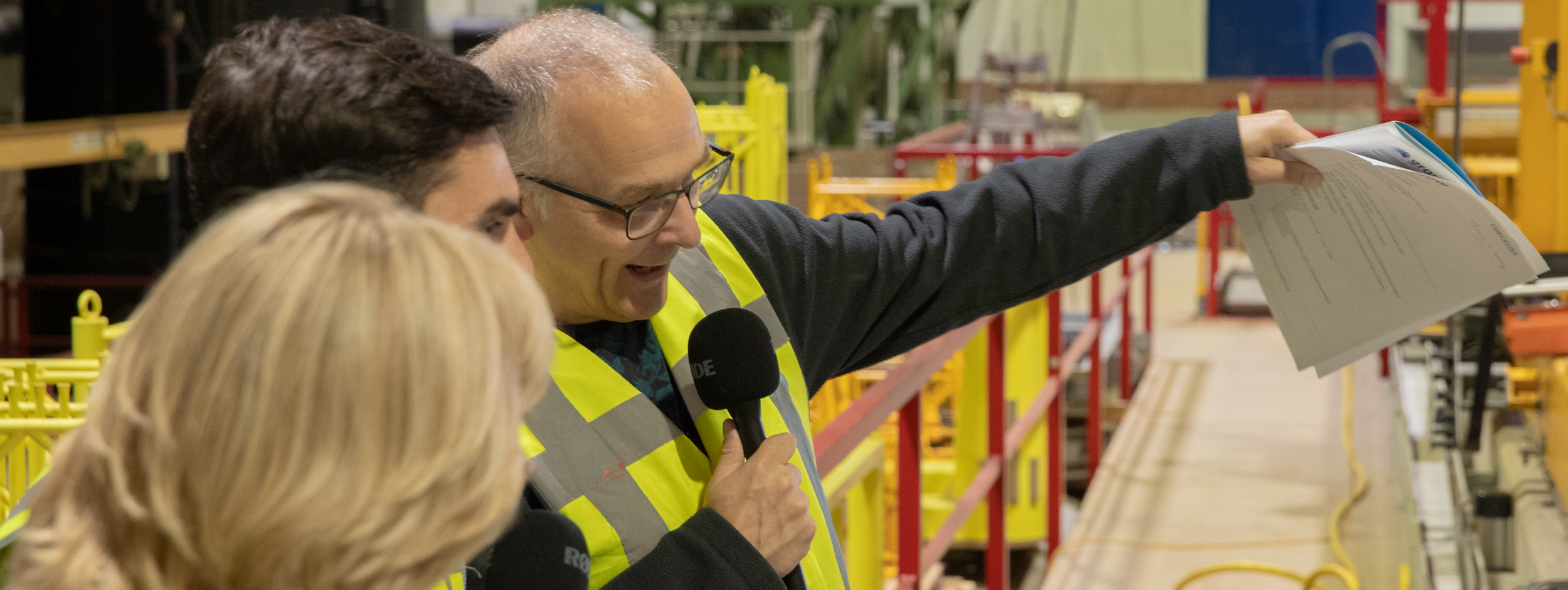 |
|
© GROW ’26
